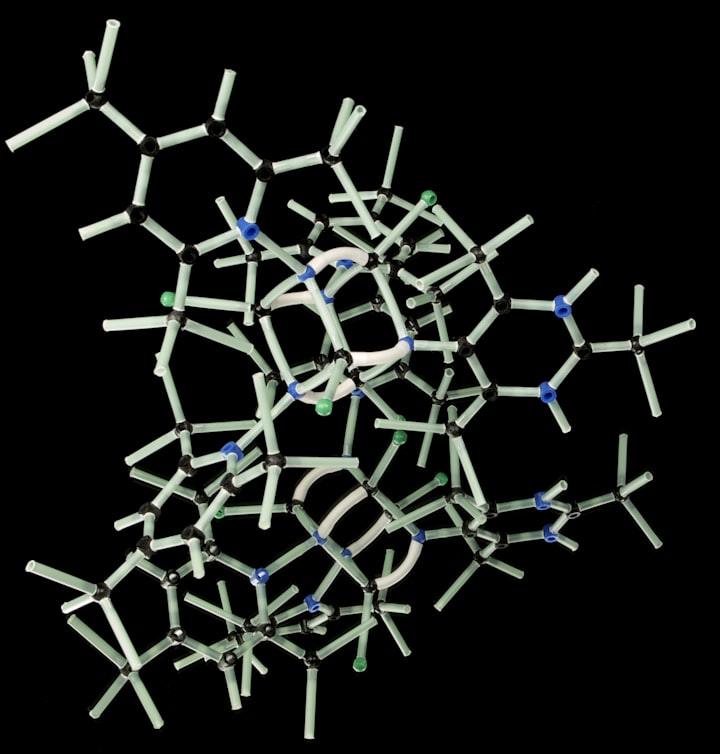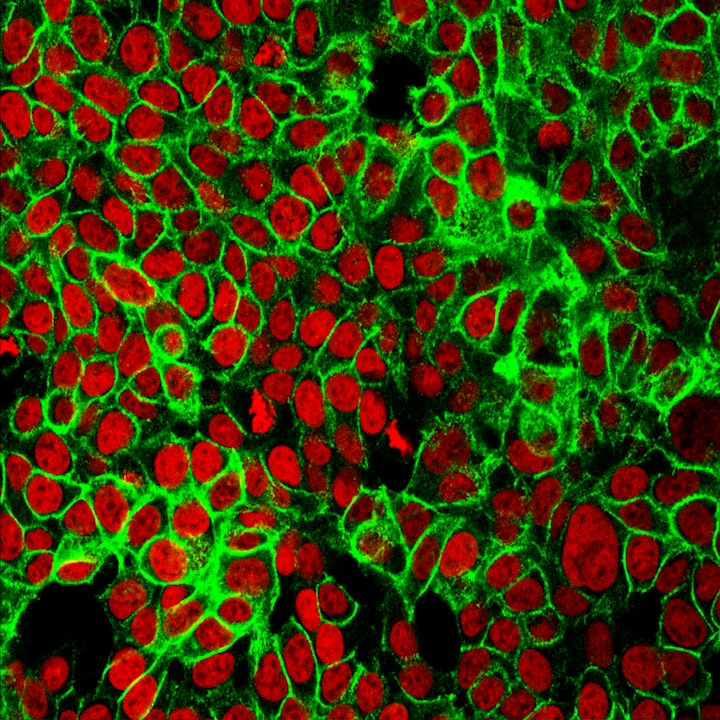Why does blowing on a small flame make it grow, but extinguish a candle?
Understand the science of flame combustion and why blowing on a small flame can make it grow or extinguish a candle.

Have you ever wondered why blowing on a small flame can help it grow into a fire, but blowing on a candle can extinguish it?
Let's delve into the science behind this intriguing phenomenon.
Combustion and Oxygen:
When a small flame is blown on, the increased airflow provides more oxygen to the combustion process, which can help the flame grow into a fire.
However, when a candle is blown on, the airflow disrupts the balance between the oxygen, heat, and fuel, causing the flame to extinguish.
Fuel Availability:
One key factor that differentiates blowing on a small flame versus a candle is the amount of fuel available.
A small flame, such as that of a matchstick, has a relatively small fuel source compared to a candle.
The larger fuel source of a candle makes it more susceptible to being extinguished by the disruption caused by blowing on it.
Heat Loss:
Another reason blowing on a candle extinguishes it is due to the heat loss caused by the air movement.
The flame of a candle produces heat, but when air is blown over it, the heat is dissipated, leading to the flame being snuffed out.
Wax Vapor and Airflow:
Additionally, the wax of the candle, when heated by the flame, produces vapor.
When air from blowing acts on this vapor, it can disturb the balance of the fuel and oxygen mixture, causing the flame to go out.
Candle Wick:
The design of the candle wick plays a role in why blowing on a candle extinguishes it.
The wick draws the liquid wax up to the flame, and any disruption to this process, such as from blowing, can impact the stability of the flame.
Next time you encounter a small flame or a candle, you'll have a deeper understanding of the scientific principles at play.
The interplay of fuel availability, heat loss, and airflow elucidates the reasons behind the disparate effects of blowing on flames and candles.






